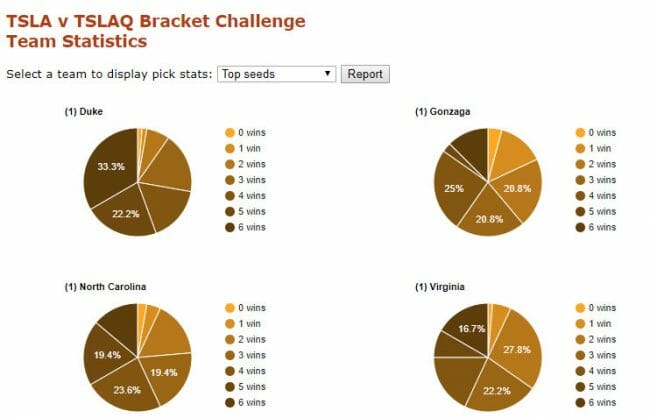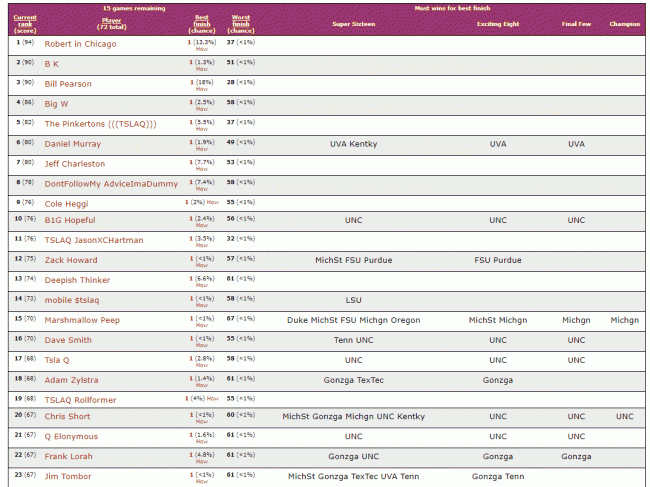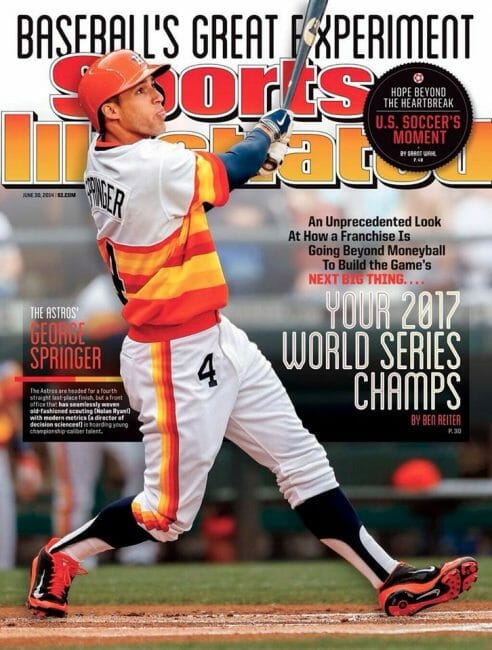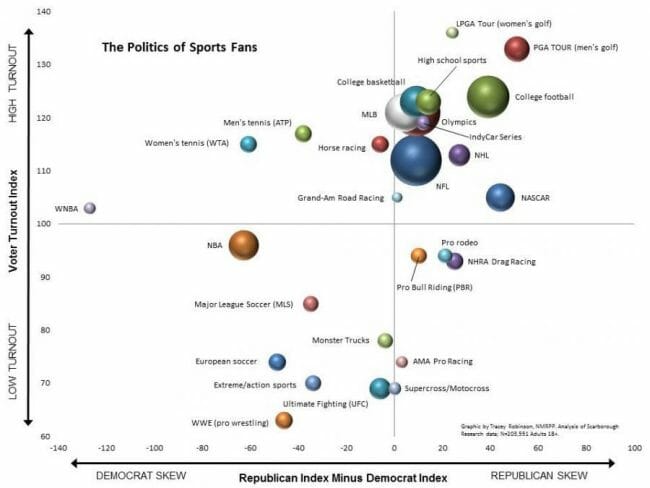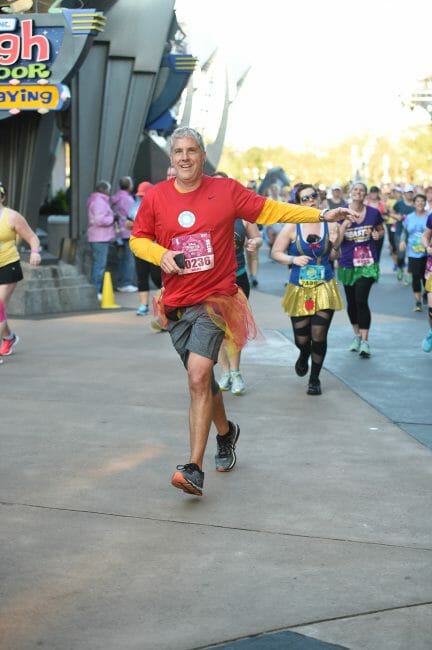Male Athletic Advantage
I have and will mostly stay out of all the trans/gender wars but there is one argument that seems so absurd to me I usually have to refute it when I am presented with it: That boys/men (or people with xy chromosomes if you prefer) have no inherent advantage over girls/women in sports.
One obvious rejoinder is to have someone check a list of track/field/swimming men's and women's world records and point out that the men's records are always faster/higher/farther than the women's. But I find this more compelling:
When I have been met by this argument face to face I tell people to do the following: Take any track and field event (just because I know all the records are easily obtainable and comparable, but it could be swimming or something else). Anyway, I tell them to take that event and then, for any state, look up the boys high school record in that event for that state. And then compare that state boy's record to the women's world record for the same event. I am sure someone can find an exception but I have never had someone pull a boys high school record that did not beat the world women's record. So even when comparing the best performances of boys 18 and under in a single US state vs women of any age throughout the world, the males have an inherent advantage. Try it for Wyoming, the least populace state, and its boys vs. the world's women. The great Florence Griffith Joyner still holds the women's world record in the 100m at 10.49 seconds but the not-so-famous Gavin Stafford of Big Horn, Wyoming ran the same distance in 10.31 seconds. (I remember sitting on my phone once and discovering that Flo Jo had beaten a few high school boys record holders but I can't remember the states).
This is why Title 9 sought gender fairness not by mandating that boys teams let girls try out, but by requiring women to have their own parallel athletic program.
Postscript: Having attempted to justify parallel and separate men's and women's athletic leagues, I leave it to the reader to justify why there should be parallel men's and women's chess rankings, because I can't.
Postscript #2: My favorite addition to the last Olympics was the relay races of mixed teams of 2 men and 2 women. I thought that was hugely enjoyable and came as a surprise to me -- there did not seem to be much build-up to it. It was a great way to see men and women in the same competition but in a fair way.

